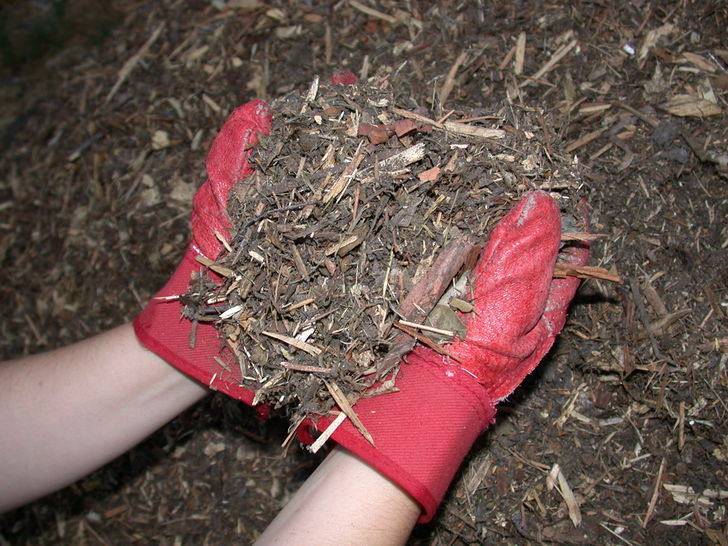Should I Remove Old Mulch?
 Mulching is an essential practice in gardening or agriculture. Here, organic materials such as hay, straw, leaves, sawdust, well-rotted manure, or other soft substances are used to cover the ground for the purpose of retaining soil moisture and protecting plant roots from excessive heat or cold. Other materials that may be used as mulches include weed-free lawn or hedge clippings, pulverised peat moss, buckwheat hulls, and wood chips.
Mulching is an essential practice in gardening or agriculture. Here, organic materials such as hay, straw, leaves, sawdust, well-rotted manure, or other soft substances are used to cover the ground for the purpose of retaining soil moisture and protecting plant roots from excessive heat or cold. Other materials that may be used as mulches include weed-free lawn or hedge clippings, pulverised peat moss, buckwheat hulls, and wood chips.
Whatever material you use as mulch, the ground should first be thoroughly cultivated and watered. The mulch should then be applied loosely so that circulation of air into the soil is not prevented.
When organic materials are used as mulch, the soil condition may also be improved. Mulching acts to hold down weed growth. And if neatly applied, it can improve the appearance of your garden. Timing also plays a crucial role when applying mulch. Spring is the perfect time to mulch. Make sure the soil is warm enough to prevent delay and plant growth retardation.
The question is, should you remove the old mulch or simply add to it?
Old mulch refers to a mulch that is still intact after a year has passed since it was applied. Remaining mulch from last year must not be removed. Why?
- The old much is full of essential Mulch continues to break down and this means it is still adding more organic matter and nutrients to the soil.
- It saves you time, money and effort. Removing mulch can be exhausting and time-consuming. It can also be costly since you have to apply more new mulch. With the old mulch, there is no need to do the tiring task of mulch removal. There is no need to buy a large amount of new mulch, too.
Should you touch the old mulch before adding the new layer or not?

The answer is indefinite. You can cultivate the existing mulch before adding the new layer, provided that there is no sign of any fungal disease. Cultivating helps loosen the mulch and allows rain to get into the soil.
If fungal disease is present, then it is better to keep the existing mulch untouched. Just cover it with a new layer of mulch.
Depending on how much is needed for a new mulch, old mulch must never be removed. Just add the new layer on top.
How much new mulch should you add?
Generally speaking, you should renew the mulch to keep a layer 50 to 100mm from the soil surface. However, adding about 25mm of new mulch to existing one is enough.
For shrub beds or trees, maintain 76mm of mulch. For flower beds, 25 to 38mm of mulch will do. It is quite excessive to add mulch that is 50mm thick.
Mulching must be done with care. Otherwise, it might damage your plants instead of helping them grow. For more garden and landscaping tips, tune in for more Jim’s Mowing NZ blogs.


